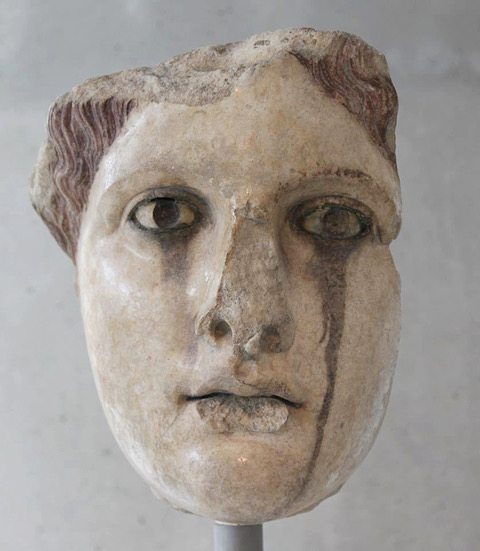Colouring the Emperor: Andrea di Sansovino’s Polychrome Terracotta Relief of Galba
DOI:
https://doi.org/10.5617/clara.v5i0.7979Abstract
By the time of the publication of Giorgio Vasari’s Vite dei più eccellenti pittori, scultori e architettori in 1550, glazed terracotta was decidedly out of favour. Yet when the second edition of the work appeared in 1568, Vasari had acquired Andrea Sansovino’s polychrome terracotta relief of the Roman emperor Galba. Sculpted profiles of Roman emperors were popular in Florence in the second half of the fifteenth century, and marble reliefs could also be accentuated with colour, as seen in the series of reliefs by Gregorio di Lorenzo and his circle, dated to the late fifteenth- or early sixteenth century. The production of this type of portrait had dried up long before the first edition of the Vite, and Vasari’s interest in the Galba appears exceptional. The writer’s penchant for coloured stones is well-attested and went hand in hand with his approval of monochrome works, but, for the most part, he does not discuss the use of colour in sculpture in the Vite. This article considers Vasari’s treatment of colour in sculptures of the late Florentine Quattrocento, through the lens of Sansovino’s portrait.



